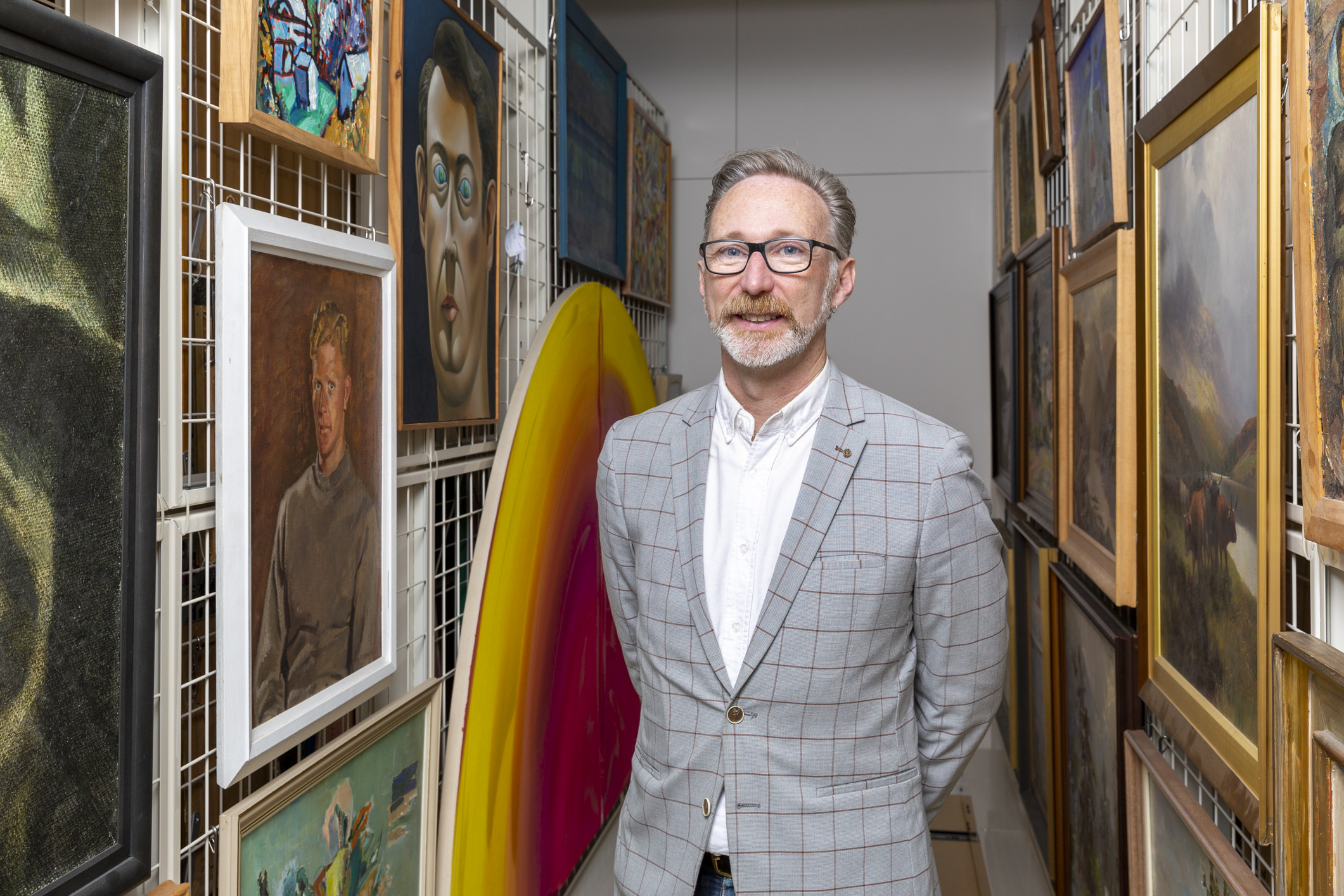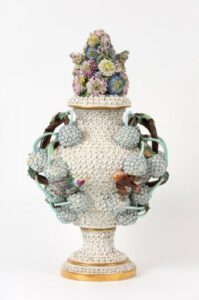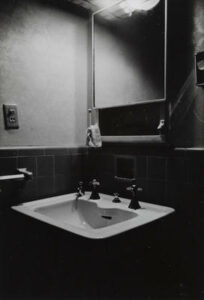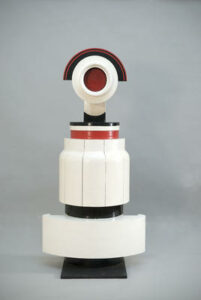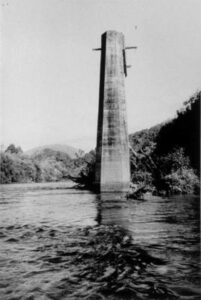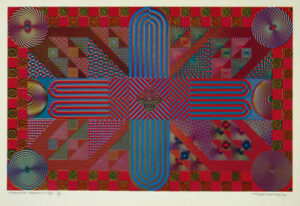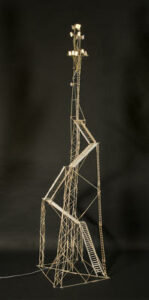April 2023: Andrew Clifford
Each month a member of our community is invited to browse our online collection and select six of their favourite artworks. Each My Choice selection, together with personal responses to the works, will be available to view on the Sarjeant Gallery website for one month at a time. The March 2023 My Choice has been selected by Gallery Director Andrew Clifford and is available to view until 30 April, 2023.
Andrew Clifford is a writer and curator, and is the new Director of the Sarjeant Gallery Te Whare o Rehua Whanganui. He was the Director of Te Uru in Tāmaki Makaurau Auckland from 2013-2023. His research interests follow the worlds of contemporary art, performance, new media, sound and music, particularly where their orbits overlap and collide, notably with his 2018 touring exhibition, From Scratch: 546 Moons.
Andrew has produced music programmes for Radio New Zealand and 95bFM, and has contributed articles and essays to books and publications throughout the Asia-Pacific region. He is a trustee of the Len Lye Foundation and the Edith Collier Trust, has been a board member for the Audio Foundation and CIRCUIT, and holds an MFA from the University of Auckland.
See Andrew’s selections on our Explore the Collection ‘My Choice Exhibition Series’ highlight here and below:


